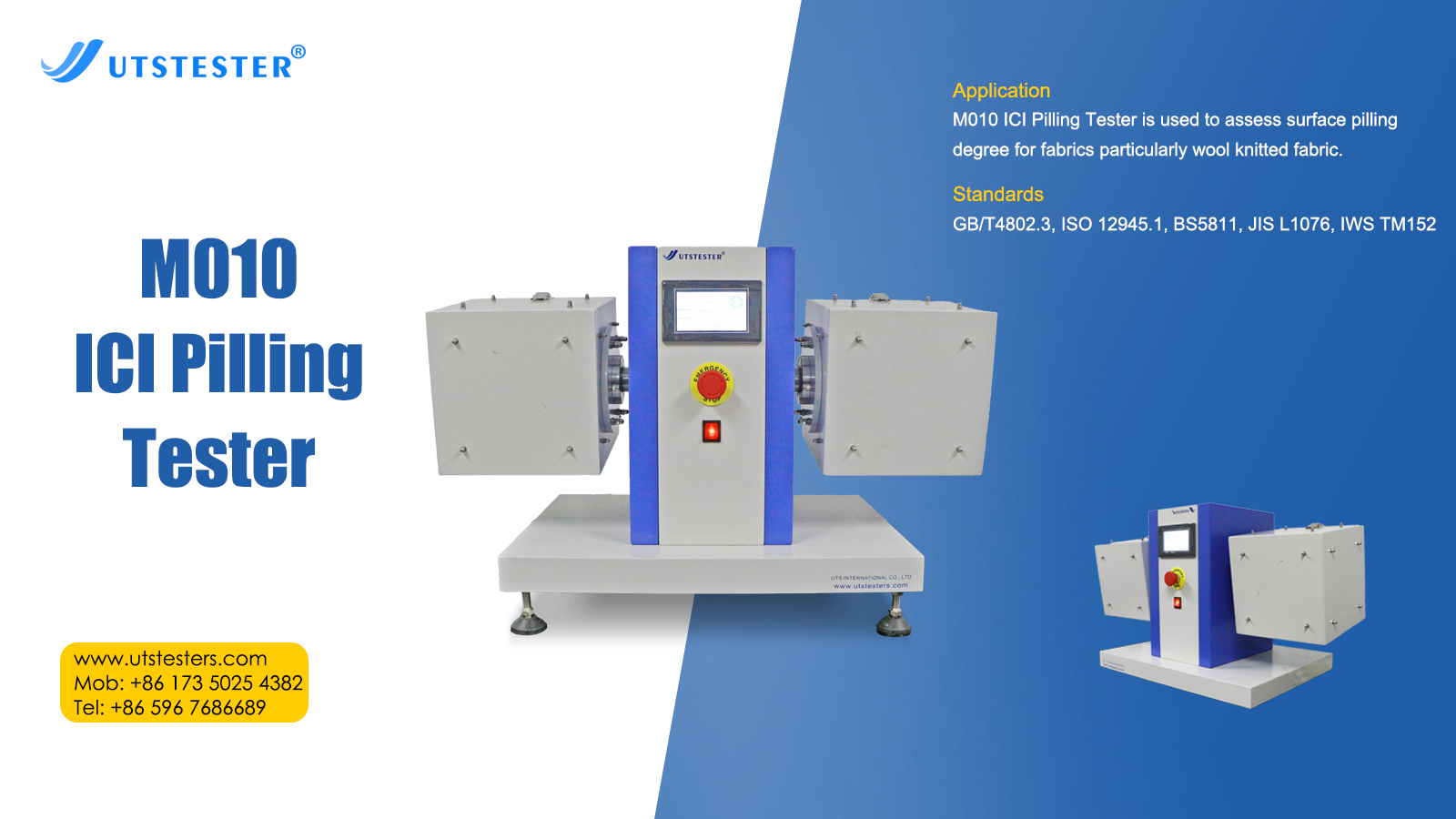1.O chamado mecanismo de pilling de tecidos refere-se à formação de cabelos na superfície do tecido por uma ou várias fibras, que são então emaranhadas entre si para formar um estado esférico. Quando um tecido de filamento é enganchado na superfície, um ou vários monofilamentos com gancho são emaranhados entre si para formar uma bola. Essas bolas peludas não afetam apenas a aparência, mas também causam um declínio no estilo e no toque. Para o fenômeno do pilling, é mais provável a ocorrência de tecidos de malha com estrutura solta. Segundo pesquisas e observações, durante o processo de uso, as fibras do tecido são primeiro arrancadas para formar anéis e cabelos devido ao atrito externo. A condição para que o cabelo seja arrancado deve ser que a força externa seja maior que o atrito entre as fibras e o fio. Portanto, os tecidos de fibra curta que utilizam fios fortemente torcidos ou fibras com um grande coeficiente de atrito têm maior resistência à penugem e são menos propensos à penugem. Somente depois que os cabelos atingem um determinado comprimento eles podem se enroscar e formar bolas. Portanto, o comprimento em que os pelos são arrancados tem grande impacto no pilling do tecido. Além disso, os fatores de pilling incluem a resistência à flexão, a resistência e a resistência ao desgaste da fibra. As fibras que são fáceis de dobrar tendem a ficar emaranhadas em bolas durante o atrito. A queda das bolas de cabelo depende em grande parte da resistência e resistência ao desgaste das fibras. Algumas fibras foram desgastadas ou separadas antes de formar uma penugem mais longa, deixando apenas uma penugem curta, que não é fácil de formar bolas. Se a resistência à flexão e à abrasão da fibra for fraca, as bolas de pêlo na superfície do tecido cairão em breve à medida que a fricção continua. Como mencionado acima, a formação de pilling pode geralmente ser dividida em três fases: a ocorrência de pêlos, o formação de bolas de cabelo e queda de bolas de cabelo. Como o pré-requisito para o pilling é a geração de penugem, além de selecionar matérias-primas de fibra e condições de processamento de fios adequadas para dificultar a extração das fibras do tecido, o tratamento com resina do tecido também pode melhorar o efeito anti-pilling . No entanto, este método fará com que o cabelo fique duro, por isso é um método ideal para fazer o cabelo cair antes de formar uma bola de cabelo. Por exemplo, se a fibra for modificada de modo que sua resistência seja reduzida, ela cairá após ser friccionada e não se formará facilmente em uma bola.
2.Avaliação de pilling de tecido Para tecidos, é mais razoável avaliar a resistência de pilling dos tecidos com base na densidade de pilling após serem submetidos ao atrito, ou seja, o número de pilling por unidade de área. Contudo, uma vez que o tamanho e a forma das bolas de pilling são incertos, se forem contadas igualmente, a impressão global do tecido de pilling não pode ser obtida. Portanto, o principal método para medir o grau de pilling do tecido é comparar o tecido pilling com a amostra padrão para determinar o grau de pilling da amostra. O sistema de classificação nacional adota um sistema de cinco níveis. Quanto menor o nível, mais grave é o pilling do tecido e vice-versa, melhor é o desempenho anti-borboto. Ao avaliar as amostras, há um bloco de meio nível entre cada nível, conforme necessário. Quanto à avaliação específica, existem dois métodos: avaliação do olhar e avaliação do instrumento. O método de classificação descrito acima considera apenas a forma de pilling e não considera o processo após atingir o grau máximo de pilling, o que é uma falha.

E-mail: hello@utstesters.com
Direto: + 86 152 6060 5085
Tel: +86-596-7686689
Web: www.utstesters.com
 +86 152 6060 5085
+86 152 6060 5085





 English
English русский
русский español
español português
português










 hello@utstesters.com
hello@utstesters.com hello@utstesters.com
hello@utstesters.com +86 152 6060 5085
+86 152 6060 5085 +8615260605085
+8615260605085